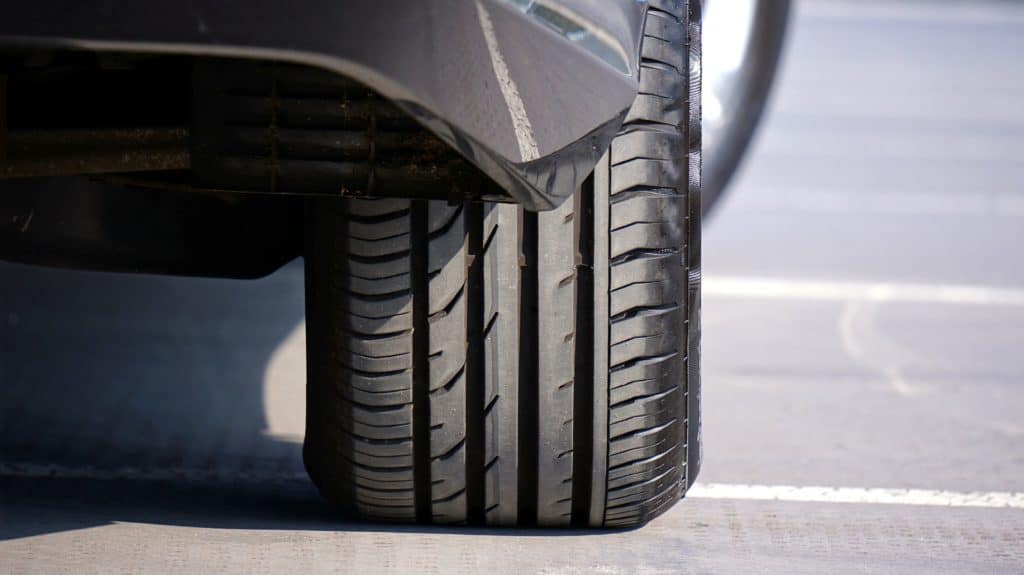From the desk of Scott “Gonzo” Weaver, Automotive Technology Instructor:
Since 2008, every passenger car has been required to have a tire pressure monitor as a part of their systems. It keeps track of the tire pressure in each wheel by way of a radio signal generated by the tire sensor mounted inside each tire. Hopefully, we all know that the correct tire pressure for your car is listed on the door placard and not imprinted on the tire. That is the maximum pressure your particular type of tire is rated for.
Did you know for every 10 degrees of temperature change your tire pressure changes by 1 psi? As the temperature in the next couple of weeks drops below freezing your tire pressure may drop below the 25% change in pressure that is allowed by the TPMS system. In other words, a change in tire pressure of less than 5 psi is enough to cause the warning light to come on. Not much of a difference you may say but it’s enough of a change to increase in tire wear by 40%, increase braking effort, and cause handling and steering issues.
Proper tire maintenance will increase the life of your tires as well as improve your fuel economy. Even if your car is equipped with TPMS, it doesn’t mean you shouldn’t check your tire pressure on a regular basis. Do yourself and your passengers a favor, read the door placard located inside the driver’s door and set your tire pressure on each tire, including your spare, before the real cold weather gets here.
More on Automotive Technology:








